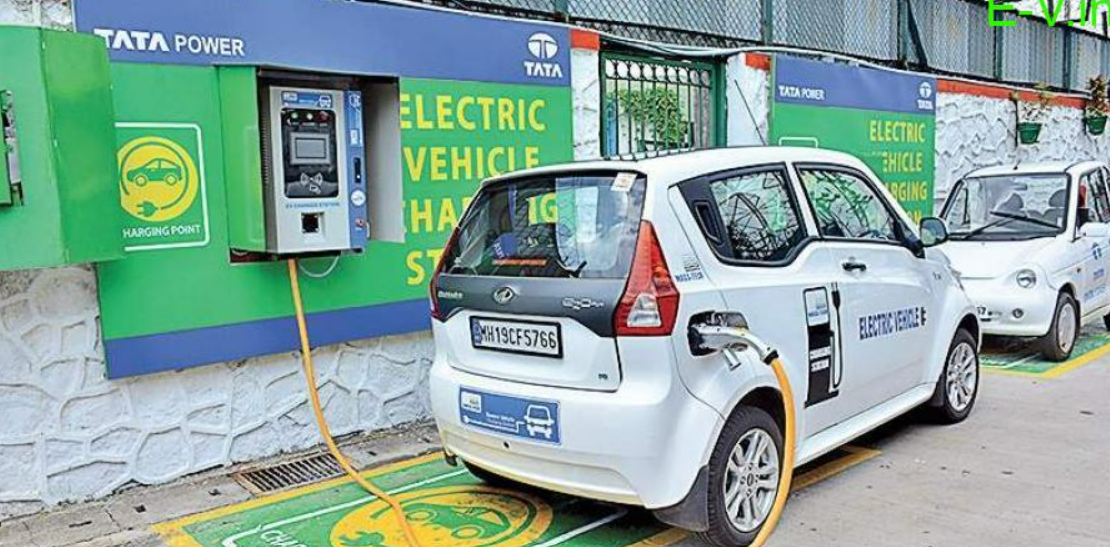
New Delhi: Mumbai’s power demand is growing day by day and the latest estimates show the rise in electric vehicle (EV) charging stations and the introduction of new Metro lines in a year will push the demand by 150MW.
Power experts said the government should push existing projects of transmission corridors to bring additional power to the city. One such project–the 400 KV Kharghar-Vikhroli line by Adani Transmission–is on the verge of completion before the year-end and is likely to bring 1,000MW to Mumbai. Experts said all clearances and assistance should be given for expediting other transmission corridor projects, the Kudus Aarey transmission corridor by Adani Transmission (1,000MW) and the Mumbai Urja Marg by Sterlite Power (2,000MW).
Mumbai’s peak power demand has been recorded at 4,129MW and is expected to increase to 5,000MW by 2025, requiring additional transmission corridors to meet the rising demand. “Mumbai’s embedded power generation is limited to 1,800MW as on date, with the balance demand being drawn from the National Grid for which the existing transmission corridors have a limited capacity of about 2,200 MW,” pointed out an official from Adani Electricity which serves over 60% of city consumers.
Power expert Ashok Pendse warned that “we cannot be lax and will have to bring additional power from outside, which is why the new transmission corridors should come up on priority”. He further said apart from new corridors, the main transmission network of the state also needs to be strengthened. “In the past, at Talegaon, a few state feeders had tripped and led to blackouts in Mumbai. This should be avoided,” he added.
Tata Power president (T&D) Sanjay Banga said: “Mumbai has witnessed unprecedented growth in its power demand this year. We recognise the immense potential and significance of new consumer segments, with EV charging stations spearheading the adoption of electric vehicles in the city, Metro Railways acting as lifelines of transportation and fostering sustainable urban development, and data centers being the pillars of digital transformation and these segments have resulted in a spurt in the overall demand. We observed an increase in peak demand amongst our consumer base this summer season and have been able to meet the load effectively through our PPAs of 1,400MW.”
When contacted, an Adani Electricity spokesperson said: “The Metro lines presently served by us consume 20MW electricity and this will increase to around 80MW in a few years. In the case of our electric vehicle charging stations, the 50MW demand will increase to over 200MW over the next few years. We are geared up to meet the growing demand from electric vehicles and mass transit systems through sustainable and competitive electricity supply.”
Devanand Pallikuth, head of Power System Control Centre at Tata Power, said in case of EV charging done overnight (as observed in several housing societies), there will be no problems at all as peak demand is usually low at night. “We have to see how much power is consumed during the day time at public and private charging of EVs and the running of new Metro corridors,” he said.
A V Shenoy, member of Urja Prabodhan Kendra, a power sector think-tank, said with the major shift to EVs in the past couple of years and a 40 times increase in registrations across Mumbai, the overall demand for power will certainly go up. “It is the government’s responsibility to strengthen the system and infrastructure of the transmission grid so that more power can be wheeled to Mumbai,” he said.
Pendse said apart from EVs and the Metro, there is a general 4% to 5% rise in power demand annually due to new power connections from new housing colonies and commercial establishments, malls and shops across Mumbai.

